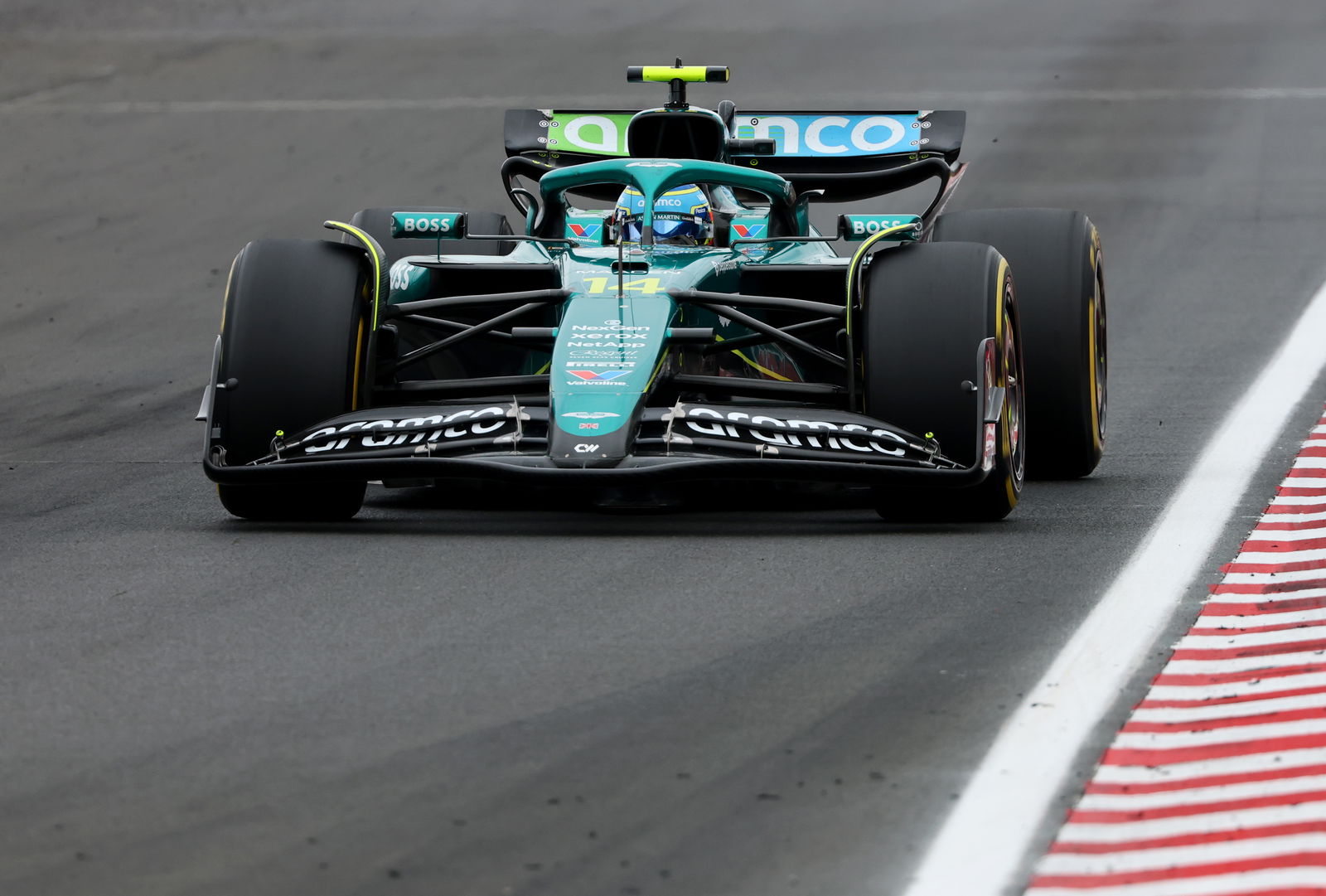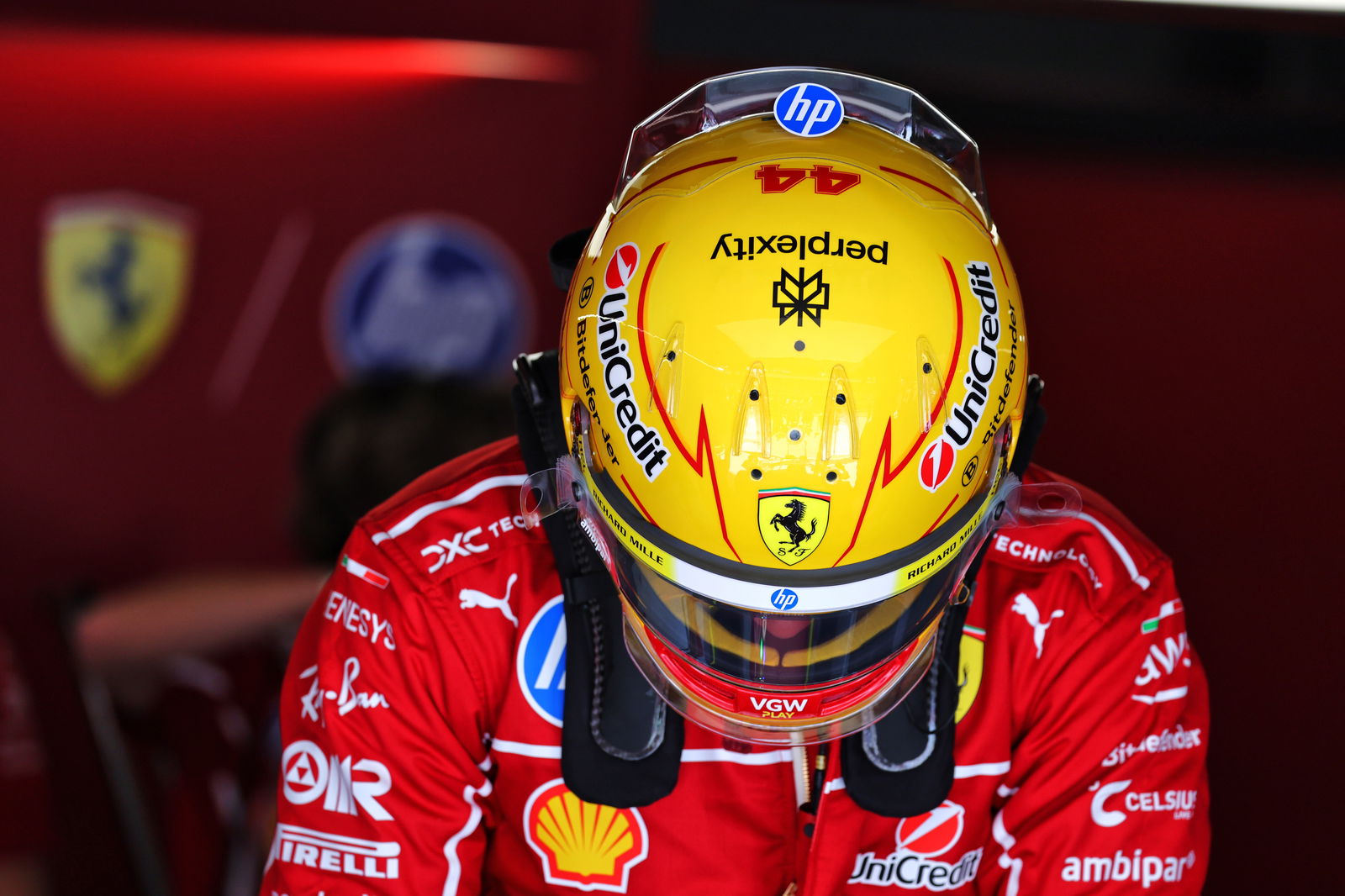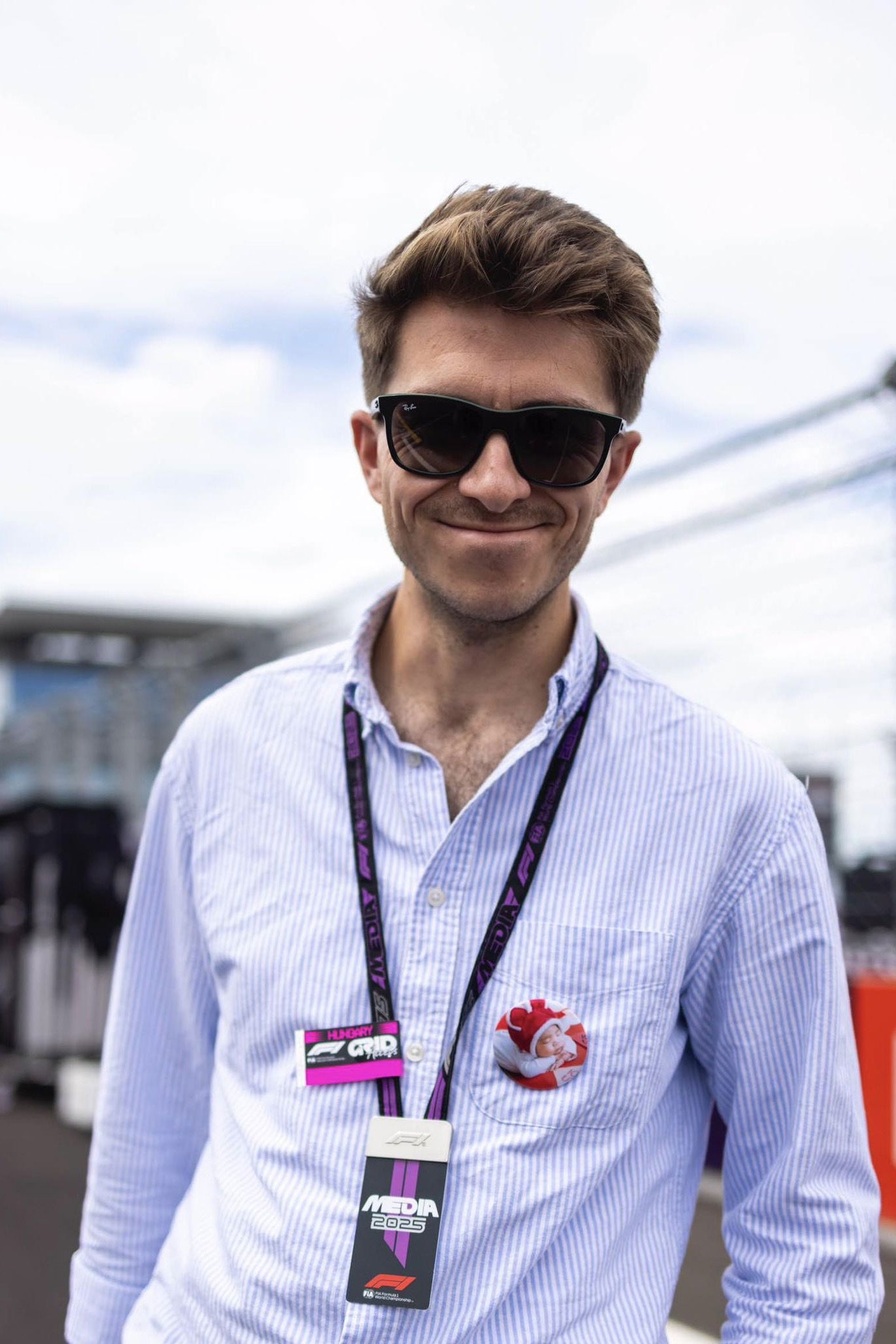Kimi Antonelli's whirlwind 12 months since dream Mercedes F1 call-up
Kimi Antonelli opens up to Crash.net about a whirlwind 12 months since earning his F1 drive with Mercedes.

12 months ago, Kimi Antonelli already knew he would be making his F1 debut with Mercedes this season.
Following a TPC (Testing of Previous Cars) outing after the Belgian Grand Prix, Antonelli was informed by Mercedes that he would be replacing seven-time world champion Lewis Hamilton and stepping up into the Silver Arrows hot seat.
The move was not announced publicly until nearly a month later at the Italian Grand Prix, where Antonelli crashed on his practice debut for Mercedes.
But preparation for life as a full-time F1 driver had already begun, with Antonelli carrying out several tests in Mercedes’ 2021 and 2022 cars at the Red Bull Ring in Austria and Imola.
The then-17-year-old could not even drive a road car and was only half-way through his maiden Formula 2 campaign during a rapid ascent up the motorsport ranks which saw him bypass Formula 3 after winning the Italian F4 and ADAC F4 titles.
Through Mercedes’ TPC program, combined FP1 sessions and a post-season test, Antonelli racked up approximately 9,000 kilometres behind the wheel of F1 cars before he made his debut at the Australian Grand Prix.
“I think in terms of pure speed, it wouldn’t have changed,” Antonelli exclusively told Crash.net and RACER about his TPC running in Mercedes’ hospitality in the Belgian Grand Prix paddock.
“I think what really helps is to get up to speed with the procedures, understanding more the F1 car and also understanding the work as well, with the team, understanding also the changes on the car, how they affect the balance.
“So I think they've been crucial because they were able to prepare me, especially procedure-wise. Starts, switches on the steering wheel. I mean, we have got an incredible amount of procedures on the steering wheel. All the modes, engine modes, brake balance, all these kind of things.
“That definitely has helped a lot to have a better understanding and to do them while driving because obviously you can learn them when you're at home, but then doing them while driving is a different thing.
“And it's not easy because obviously with F1 you're travelling at such a high speed that, in a fraction of a second, I don't know how many metres you do, such crazy amount of metres. So you really need to be fast and to coordinate yourself as well when you do switches, because the tough thing is not only to do them, but it's to do them with losing the least amount of time as possible and losing the least amount of concentration.
“So by now, I don't even have to look where I'm putting my fingers because I know also with the muscle memory where all the buttons are. So definitely, the TPC [running] helped a lot on this side.
“It helped a lot to get to know the team and to start working with all the people that I've been working with this year and to form a relationship. It makes a lot of a difference, especially when you make such a step, and knowing all the team already before starting the season really helps as well to get at ease with all the new environment.”
Antonelli on a ‘steep learning curve’
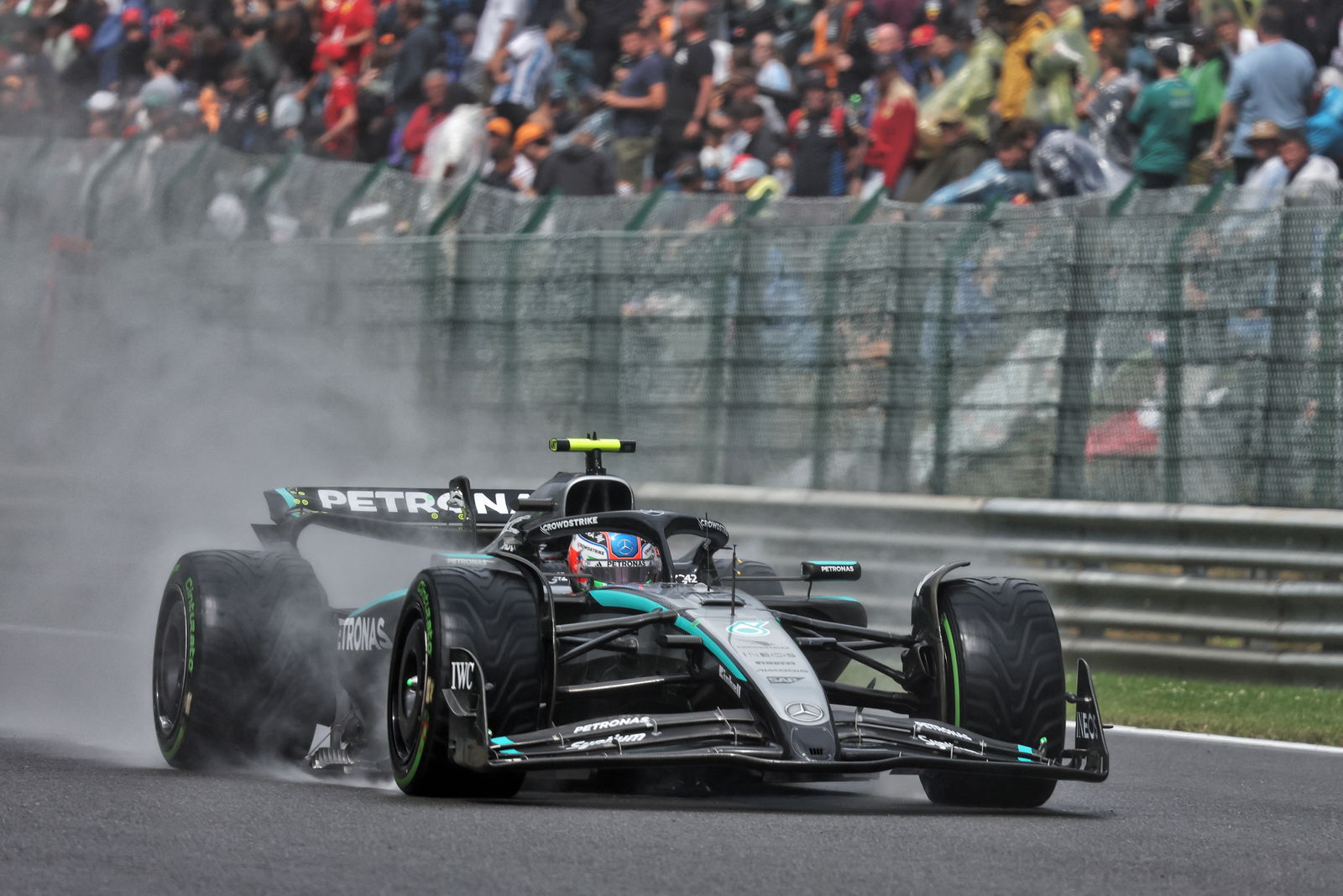
Antonelli said he feels like a “massively” different driver now compared to when he was first told the exciting news by Mercedes.
“I think the steep curve of how much I've learned, already from last year when I was going to the races with the team, even though I was not driving, still to see and to have a look was a really good learning,” Antonelli explained.
“Also trying to understand how much work there's behind, not only on track, but as well outside the track I think I feel I've been learning a lot and also I feel like much more in hand of the situation, which definitely I wasn't when I was told about it.”
Despite all the miles under his belt, Antonelli still felt “a bit naked” heading into his first race in Melbourne.
“At the end of the day, there's scenarios that you can only experience during a race weekend,” he added. “So in testing, I'm always driving on my own. I'm alone on track and there's no one, so I don't have to worry about traffic. I don't have to worry about yellow flags or anything like that.
“Definitely the first race, I felt well prepared in some ways, but in other ways, I felt a bit naked because it was my first experience and there were so many scenarios that I had to face. Still now, I'm facing completely new scenarios, but I feel like definitely it's been a lot different and I feel much more in hand of the situation.”
Antonelli’s preparation was not limited to just on-track action.
Mercedes also helped Antonelli be ready for the increased volume of off-track activities, such as dealing with sponsorship commitments and the media. Antonelli took part in mock press conferences with his press officer, Rosa Herrero Venegas, ahead of the 2025 season.
“Definitely I've been doing a lot of media training with Rosa,” Antonelli revealed. “At the start of the year, she brought me into a studio, it was in London and we've been doing like a simulation of press conferences, TV pen.
“It was external, it was [with] people that were complete strangers. I had like cameras on me and so on. It was a cool day because after every interview, I was re-watching them as well, which is something I completely hate. I don't like re-watching my interviews, it was hard to do it.
"But at the same time, it was useful as well to understand a bit my body language and how I interact. When I was track side, they were getting me to do interviews, activities, appearances, all just to get an understanding on what I have to do, other than driving during a race weekend.
“There's been a lot of work going on before the season, already from last year, also to prepare myself outside the track.”
The biggest lesson
Antonelli made a strong start to his F1 career as he finished in the top six in five of his first six grands prix, before enduring a bad run of form during the European leg of the season, punctuated by claiming a brilliant maiden podium in Canada.
The drop-off in performance, which began at Antonelli’s home race at Imola, has seen the youngster come under pressure and have to deal with increased scrutiny and spotlight.
During an intense period of races, Antonelli has discovered the importance of having “time for myself” to recover, ensuring he can be at the top of his game.
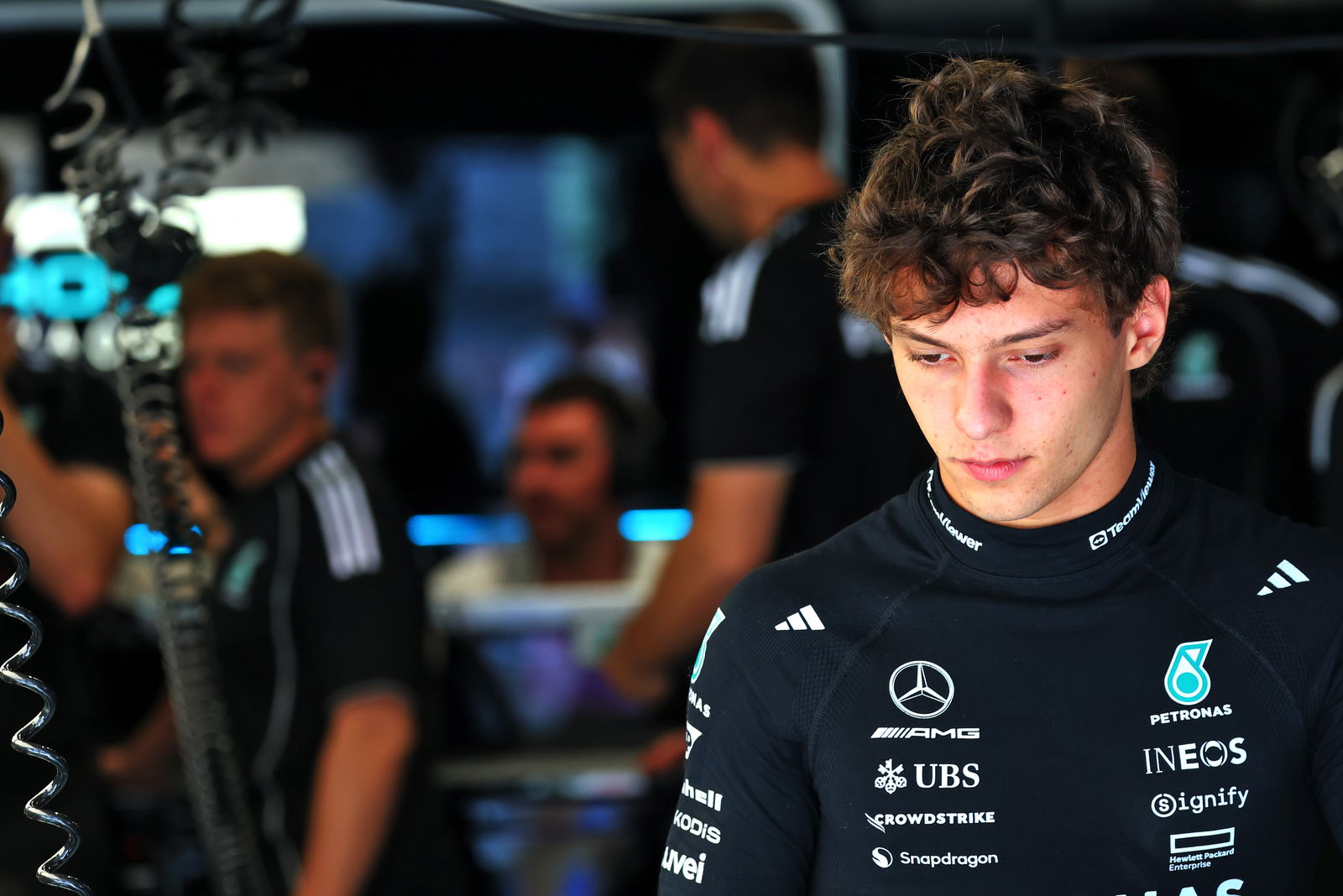
Asked by Crash.net what has been the biggest lesson from his first half-season in F1, Antonelli replied: “I think first of all, taking time for myself. I understood it a bit late during this first half of the season, but it's something that is very crucial.
“I think understanding that I need time for myself. I need time especially to get ready and to get into the right mood in order to be as fresh as possible when I go back in the car.
“I feel like there's some races where I've been doing on myself, I didn't really manage things that well outside the track. I was kind of draining my battery down. And then when I was going back in the car, I was not fresh mentally. I was kind of tired and I just couldn't do things the way I wanted to do. Even though I was really trying hard, I just wasn't able just because I was tired mentally and I couldn't do it.
“So I've been really understanding that, especially when you get triple headers, because I think the first triple header I did obviously was abroad. For me, it was much easier than the triple header in Europe. But because the second triple header in Europe, I started off with my home race, obviously a lot of emotion, my first home race.
“But that was the first race where I understood that I did so many things wrong outside the car. I remember just already by the end of Friday, I was exhausted. I was exhausted and I knew it would have been difficult just because I was tired mentally. And then because of that, it kind of carried this into the next couple of races and that was not easy.
“But now I understand much better. Also, I think in the European season, I've been putting a bit of unnecessary pressure on myself, just because, obviously, I was driving in tracks that I knew already.
“That's why I felt like in tracks that I didn't know, I've been performing much better, just because I had no expectation and I was just driving naturally and then see what was happening, what was coming as a result. When in European races, I was like, ‘OK, it's a track I know I must do well.’ But then this made me drive tense and not relaxed and with more pressure, and that affected as well the performance.”
After 12 races in 17 weeks, almost the equivalent of an entire F2 season, F1 finally had an unofficial three-week ‘mini break’ between the British and Belgian grands prix.
This was priceless time for Antonelli to reset and recharge the batteries before heading into a double header prior to F1’s summer shutdown in August.
“I think it's been really useful, especially because in my case, every weekend is a massive learning,” he responded when asked by Crash.net how useful the time away from the track had been.
“Sometimes it's hard to gather all the information and to be able to put everything you learn on the table for the next race and to try to actually show what I've learned during the previous race weekend. I think having these weeks off has been really helpful.
“First of all, to reset a little bit mentally and to kind of also analyse with more time, not only the previous race, but over the first half of the season and trying to understand what I could have done better, what I did well and how to improve and to build from there.
“And as well to spend time a bit at home with family and friends always helps to release a bit of weight from the brain and to get back on track with even more motivation and stronger.”
Antonelli bounced back from his recent torrid run by returning to the points in Hungary, sending him into the summer break on a positive note.
